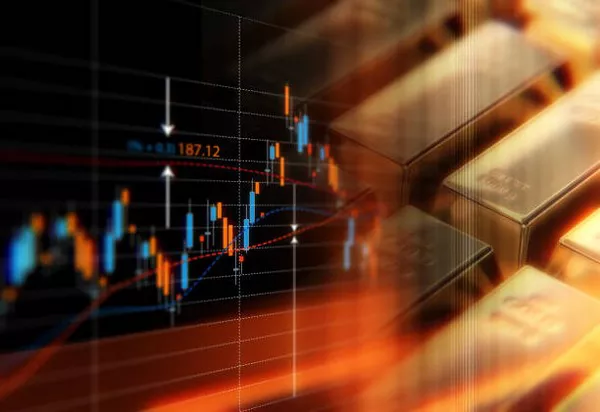Gold, often referred to as the “king of metals,” has been a symbol of wealth and a store of value for centuries. As investors seek stability and diversification in their portfolios, the question of when is the best time to buy gold becomes crucial. The precious metal’s value is influenced by various factors, including economic conditions, geopolitical events, and market trends. In this article, we will delve into the key considerations to help investors determine the optimal time to acquire gold.
Understanding Gold’s Performance:
Before delving into the timing of gold purchases, it is essential to understand the factors that drive its performance. Gold is known for its inverse relationship with the U.S. dollar. When the dollar weakens, gold often strengthens, and vice versa. Additionally, gold is seen as a hedge against inflation, making it attractive during periods of rising prices. Geopolitical tensions and economic uncertainties also contribute to increased demand for gold as a safe-haven asset.
Economic Indicators:
Monitoring economic indicators is crucial when considering the best time to buy gold. Traditionally, gold prices have tended to rise during economic downturns or periods of uncertainty. When there are signs of a weakening economy, such as rising unemployment rates or a slowdown in GDP growth, investors often turn to gold to protect their wealth.
Conversely, during periods of economic expansion, gold prices may face downward pressure as investors move towards riskier assets with higher potential returns. Therefore, investors should pay close attention to economic indicators such as unemployment rates, consumer spending, and manufacturing data to gauge the overall health of the economy and make informed decisions about gold purchases.
Interest Rates and Inflation:
The relationship between interest rates, inflation, and gold prices is a critical factor for investors. Typically, when interest rates are low, the opportunity cost of holding gold decreases, making it more attractive. Conversely, higher interest rates may lead investors to favor interest-bearing assets over non-interest-bearing ones like gold.
Inflation is another crucial factor. Gold is often seen as a hedge against inflation, as its value tends to rise when the purchasing power of currencies declines. Investors should closely monitor inflation rates and central bank policies to anticipate potential movements in gold prices.
Geopolitical Events:
Geopolitical events can have a profound impact on gold prices. Political instability, conflicts, and global uncertainties often drive investors to seek the safety of gold. Major geopolitical events, such as trade tensions, geopolitical conflicts, or unexpected policy changes, can lead to increased demand for gold as a safe-haven asset.
Investors should stay informed about global events and assess their potential impact on market sentiment. Sudden geopolitical developments can trigger rapid changes in gold prices, presenting both opportunities and risks for investors.
Market Trends and Technical Analysis:
Analyzing market trends and employing technical analysis tools can assist investors in identifying potential entry points for gold purchases. Technical indicators, such as moving averages, support and resistance levels, and trend patterns, can provide insights into the current market sentiment and potential price movements.
It’s important to note that while technical analysis can be a valuable tool, it should be used in conjunction with fundamental analysis for a more comprehensive understanding of the market. Combining both approaches allows investors to make well-informed decisions based on a holistic view of the market.
See Also Which US Banks Sell Gold Coins? A Comprehensive Guide
Conclusion:
Determining the best time to buy gold requires a comprehensive understanding of various economic, geopolitical, and market factors. Economic indicators, interest rates, inflation, geopolitical events, and technical analysis all play crucial roles in shaping gold prices. Investors should adopt a holistic approach, considering both fundamental and technical factors, to make informed decisions that align with their investment goals and risk tolerance.
While attempting to time the market perfectly is challenging, staying informed about relevant factors and maintaining a long-term perspective can help investors navigate the dynamic landscape of gold investments. Whether seeking a safe-haven asset during times of uncertainty or aiming to diversify a portfolio, thoughtful consideration of market dynamics will contribute to making sound investment decisions in the world of gold.


